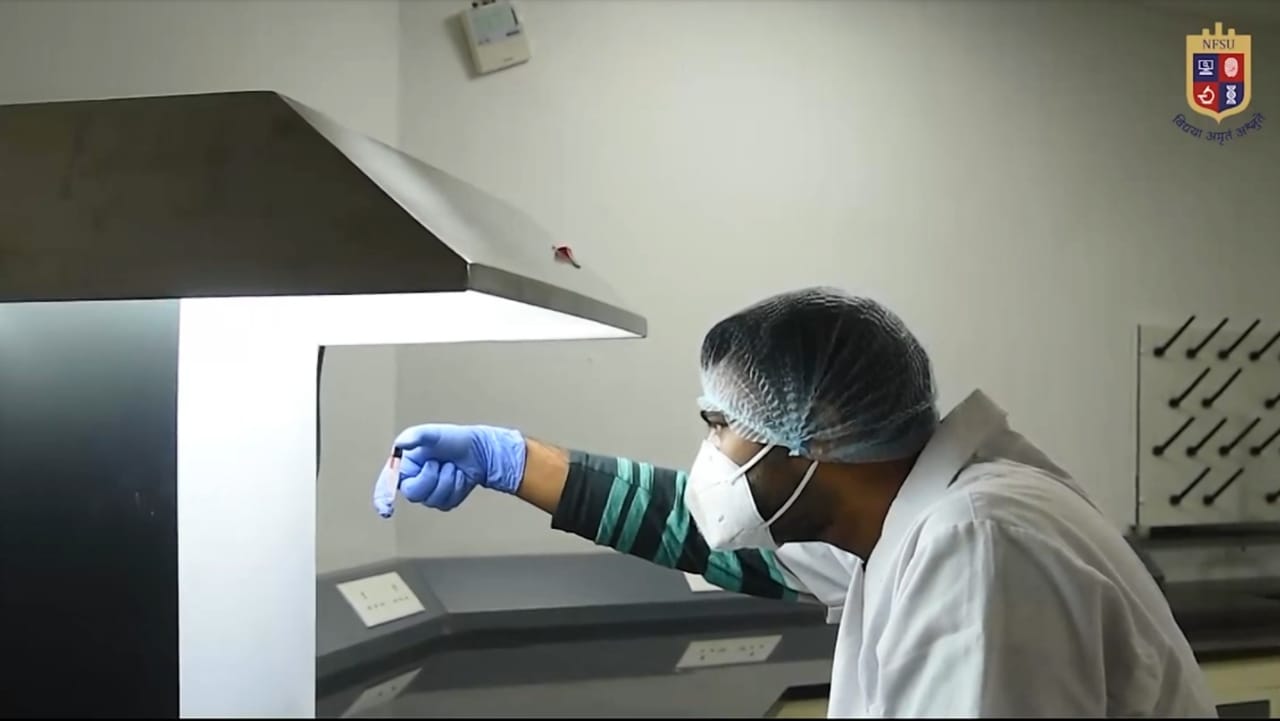Understanding Visual Inspection Sets, Vial Defect Detection, and Inspection Standards in Australia

Strong 8k brings an ultra-HD IPTV experience to your living room and your pocket.
In the pharmaceutical and medical industries, making sure products are safe is very important. This is where visual inspection comes in. In Australia, companies like FTI Incorporation offer advanced visual inspection sets, vial defect detection services, and strictly follow visual inspection standards to ensure product quality and safety.
In this blog, we will explain the equipment used for visual inspection, the standards that apply, and the types of defects commonly found in vials and ampoules. We will also answer some key questions about visual inspection in simple terms so that everyone can understand these processes.
What Equipment is Needed for Visual Inspection?
To carry out visual inspection effectively, certain equipment is necessary. Whether it's human inspectors or machines doing the work, the following tools are essential:
- Lighting Equipment: Bright lights, usually between 2000 and 3750 lux, are used to make sure inspectors can see every small detail on the surface of the product.
- Magnifying Glass or Microscopes: These tools help inspectors see tiny defects that are not visible to the naked eye. They are especially useful for spotting cracks or contamination inside vials or ampoules.
- Turntables: These devices rotate the product during inspection, allowing inspectors to view it from all angles.
- Inspection Booths: Controlled environments with specific lighting and minimal external distractions help inspectors focus on the product. These booths are commonly used in industries like pharmaceuticals in Australia.
- Automated Vision Systems: In some cases, machines equipped with cameras and software are used to detect defects. These visual inspection sets in Australia are becoming more common because they are faster and more accurate.
What is the Standard for Visual Inspection?
The standard for visual inspection defines how products should be inspected to ensure safety and quality. In the pharmaceutical industry, standards such as USP 1790 (United States Pharmacopeia) and ISO 14644 are followed. These standards outline the following:
- Lighting Conditions: As mentioned earlier, proper lighting (2000 to 3750 lux) is essential to detect even the smallest particles or cracks.
- Inspector Training: Personnel conducting the inspection must be trained to identify defects and know how to classify them based on severity.
- Environmental Conditions: The inspection area should be clean and free of contaminants to avoid introducing new defects during the inspection.
- Documentation: Inspectors must document any defects found and classify them as critical, major, or minor.
What is Required for Visual Inspection?
For a successful visual inspection, the following are required:
- Trained Inspectors: People who know how to look for defects, cracks, or contamination in products.
- Proper Lighting: Bright lighting is necessary to make sure all details are visible.
- Clean Environment: The inspection area should be free of dust or particles that could contaminate the product.
- Inspection Tools: Magnifying glasses, microscopes, and automated systems are often required to see very small defects.
Is Visual Inspection Considered NDT?
Yes, visual inspection is considered a form of Non-Destructive Testing (NDT). NDT refers to methods of testing products without damaging them. Since visual inspection involves just looking at the product without altering it, it is a part of the NDT process.
Vial Defect Detection in Australia
In Australia, vial defect detection is critical, especially in industries like pharmaceuticals where vials are used to store sterile medicines.
What Are the Defects in Vials?
Some common vial defects include:
- Cracks: Cracks in the vial can lead to contamination or leakage, making the product unsafe to use.
- Particulate Contamination: Small particles, such as dust or metal fragments, may be present inside the vial, which can be harmful if the product is injected.
- Sealing Problems: Vials with improper seals may allow air or bacteria to enter, compromising the product's sterility.
- Discoloration: Changes in the color of the vial or the liquid inside could indicate contamination or a chemical reaction.
What are the Defects of Ampoules?
Like vials, ampoules are small containers that hold medicines, and they too can have defects:
- Cracks: Just like with vials, cracks in ampoules can lead to contamination.
- Sealing Issues: Ampoules are sealed by melting the glass, and if this process is done incorrectly, it can leave the ampoule improperly sealed.
- Particles: Foreign particles inside ampoules can be harmful, especially for injectable medicines.
- Color Changes: Any changes in color can signal that the product inside the ampoule has been compromised.
Visual Inspection Procedure in the Pharmaceutical Industry
In the pharmaceutical industry, the visual inspection procedure typically follows these steps:
- Preparation: The product is cleaned, and the inspection area is set up with proper lighting and tools.
- Inspection by Trained Personnel: Trained inspectors examine the product, either by eye or using tools like magnifying glasses or vision systems.
- Rotating the Product: The vial or ampoule is rotated to check all sides for cracks, particles, or other defects.
- Documentation: Any defects are noted, and a decision is made about whether the product can be used or needs to be discarded.
Visual Inspection Standards in Australia
Visual inspection in Australia follows international standards to ensure safety and quality.
What is Visual Inspection Standard?
A visual inspection standard sets the guidelines for how inspections should be done. These standards make sure that inspections are consistent and that any defects are properly identified and reported.
What is the ASME Standard for Visual Inspection?
The ASME (American Society of Mechanical Engineers) standard for visual inspection is primarily used for mechanical systems, but it shares many principles with pharmaceutical visual inspections, such as proper lighting and inspector training.
What is the ASTM Method for Visual Inspection?
The ASTM (American Society for Testing and Materials) method for visual inspection, known as ASTM E1444, sets the guidelines for how inspections should be carried out. It provides recommendations on lighting, inspection distance, and the training required for inspectors.
What is the Standard Distance for Visual Inspection?
The standard distance for visual inspection is typically 25 to 50 centimetres (10 to 20 inches). This distance allows inspectors to get a clear view of the product without straining their eyes or missing small defects.
Conclusion
FTI Incorporation follows strict visual inspection standards and provides visual inspection sets in Australia that help detect defects in vials, ampoules, and other products. Through the use of proper lighting, trained personnel, and advanced vision systems, they ensure that products meet high safety and quality standards.
Visual inspection, as a part of vial defect detection in Australia, helps ensure that medicines and other products are safe for use. Whether done by human inspectors or machines, the process is essential for catching cracks, particles, and other defects that could compromise the safety of the product.
By adhering to visual inspection standards, FTI Incorporation helps companies in Australia maintain the highest level of quality control, making sure that products are safe and meet regulatory requirements.
Note: IndiBlogHub features both user-submitted and editorial content. We do not verify third-party contributions. Read our Disclaimer and Privacy Policyfor details.







